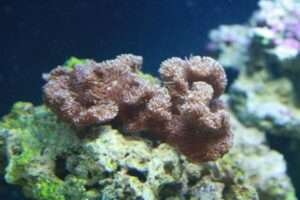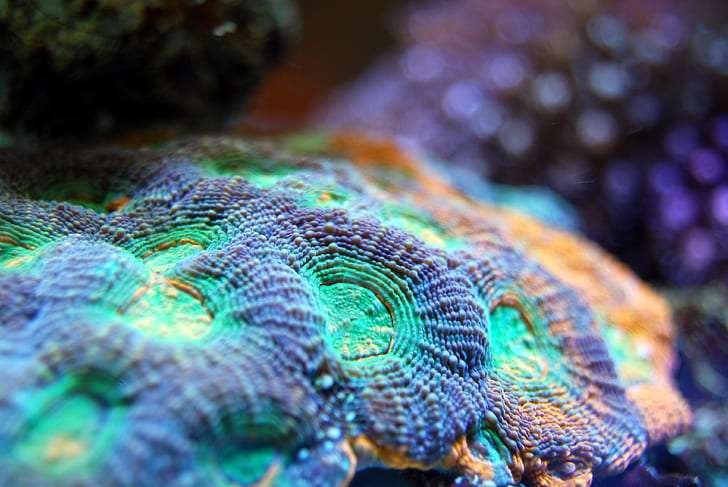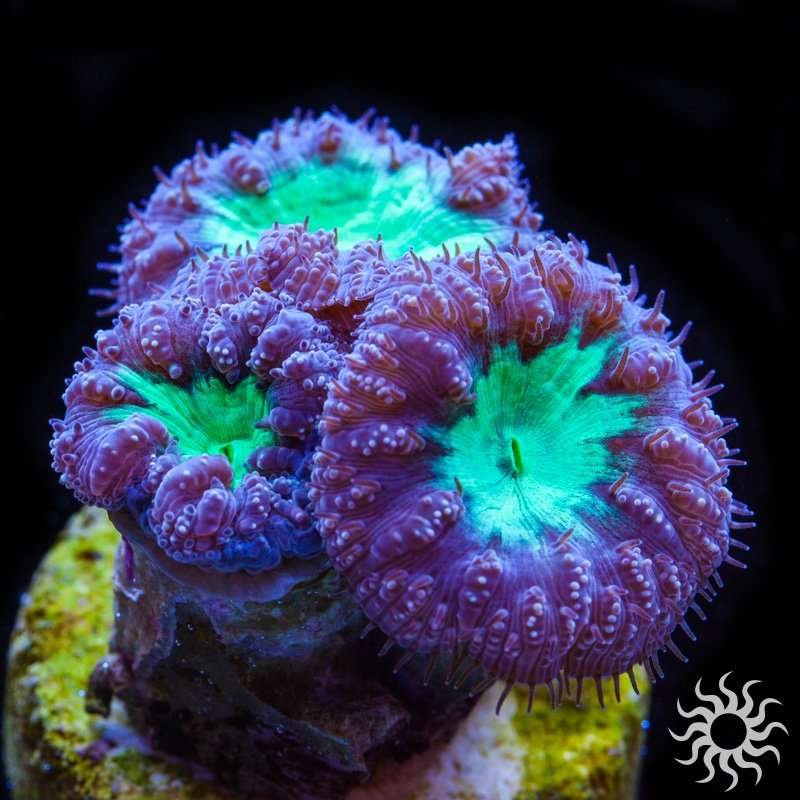Pavonas coral

Pavonas are also called “Cactus Coral.” Pavonas are one of the easiest SPS corals to care for, and they’re also one of the easiest corals to care for in general.
Pavona is an SPS coral, but it is easier to take care of than other SPS corals because it doesn’t react as much to changes in water quality and doesn’t need as much care in general. This means that situations in the water that would hurt more delicate SPS like Acropora or Montipora would not have any effect on a nearby Pavona.
For people who are new to SPS corals and want to “test the waters,” Pavona is a good animal to choose.
The place
Pavona are mostly found in the Indo-Pacific, close to the islands of Fiji, Tonga, and the Solomon Islands. They can also be found further south, near Australia’s Great Barrier Reef.
Flow of Water
Three main things make medium to high water flow best for pavona coral. For starters, this kind of water flow brings food into the colony better than smaller flow. For the second reason, it keeps trash from piling up on the colony, which can kill coral. The last reason is that it looks better when the stalks are moving around.
One of the main complaints about tanks with a lot of SPS corals is that the corals don’t move around much. It is important to find action and make it stand out when you can. For the more furry types of Pavona, a stronger current will make them look better generally.
Lighting
In terms of lighting, Pavona can be kept in medium to high levels of light, but I suggest sticking on the medium side of that range. Most of the time, I try for 50 to 100 PAR. There aren’t many reasons to go higher than that because Pavona’s color stays pretty constant. Under different lighting, Acropora and Montipora can look like very different corals. Pavona, on the other hand, doesn’t change much. Bleaching can happen if you give Pavona more light than it needs.
It gets brighter in these ranges:
Low Light: 30 to 50 PAR
50 to 100 PAR for medium light
Anything over 100 PAR is a highlight.
Being fed
Let’s talk about food now. I don’t usually go out of my way to feed these corals, but Pavona can be fed if you want. Even though their lips are small, they can eat meatier things like rotifers or minced mysis shrimp. These corals are very good at getting food from the water if you feed your tank often.
In addition to regular food, giving your corals amino acids will also help them a lot if you want to be extra careful. Amino acids are simple organic substances that are very important for building proteins and doing other things that cells do. A little more than 20 kinds of amino acids exist. Some must be gotten through feeding, but most can be made by organisms. These necessary amino acids are different for each species. Corals regularly take in amino acids from the water, so it’s simple to make sure they have enough by spreading an amino acid solution around the aquarium. Reef additives that are sold in stores can be used to do this. It might be easier to feed your corals this way. As long as the amino acids are still bioavailable in the water, the corals will take them in.
Chemistry of Water
It’s important to keep the water chemistry right for Pavona, especially the amounts of calcium, alkalinity, and magnesium. As an SPS coral, Pavona’s skeleton needs the right amount of calcium and pH to grow well. The tank should have about 425 parts per million (ppm) of calcium, which is a major ion in saltwater. Corals get calcium from the water as they grow, which builds up their calcium carbonate skeleton.
Alkalinity is also very important because it shows how many carbonates are in the water. It’s necessary to keep the pH of the tank stable. Because alkalinity changes the most in real life, it is suggested that it be tested for first. Alkalinity levels in natural seawater are about 7 or 8 dkh, but most salt mixes today have amounts that are closer to 8 or 9 dkh. Some aquarium owners like to slightly raise the pH to around 10 or 11 dkh because they think it may help stony coral grow faster.
Taking care of both calcium and alkalinity at the same time can be hard because they affect each other. When calcium supplements are added, the amount of alkalinity can go down, and the other way around is also true. Also, keep an eye on the magnesium levels because magnesium can link to carbonate ions and change the amount of alkalinity compounds that are available in the water. The amount of magnesium in the ocean is usually around 1350 parts per million. Keeping an eye on these factors will help make sure that Pavona and the other corals in your tank are in the best possible conditions.


